Blog
Horace Ward Martin Tavares Silver (September 2, 1928 – June 18, 2014 Norwalk, CT) was an American jazz pianist, composer, and arranger, particularly in the hard bop style that he helped pioneer in the 1950s.
After playing tenor saxophone and piano at school in Connecticut, Silver got his break on piano when his trio was recruited by Stan Getz in 1950. Silver soon moved to New York City, where he developed a reputation as a composer and for his bluesy playing. Frequent sideman recordings in the mid-1950s helped further, but it was his work with the Jazz Messengers, co-led by Art Blakey, that brought both his writing and playing most attention. Their Horace Silver and the Jazz Messengers album contained Silver’s first hit, “The Preacher“. After leaving Blakey in 1956, Silver formed his own quintet, with what became the standard small group line-up of tenor saxophone, trumpet, piano, bass, and drums. Their public performances and frequent recordings for Blue Note Records increased Silver’s popularity, even through changes of personnel. His most successful album was Song for My Father, made with two iterations of the quintet in 1963 and 1964.
Several changes occurred in the early 1970s: Silver disbanded his group to spend more time with his wife and to concentrate on composing; he included lyrics in his recordings; and his interest in spiritualism developed. The last two of these were often combined, resulting in commercially unsuccessful releases such as The United States of Mind series. Silver left Blue Note after 28 years, founded his own record label, and scaled back his touring in the 1980s, relying in part on royalties from his compositions for income. In 1993, he returned to major record labels, releasing five albums before gradually withdrawing from public view because of health problems.
As a player, Silver transitioned from bebop to hard bop by stressing melody rather than complex harmony, and combined clean and often humorous right-hand lines with darker notes and chords in a near-perpetual left-hand rumble. His compositions similarly emphasized catchy melodies, but often also contained dissonant harmonies. Many of his varied repertoire of songs, including “Doodlin’“, “Peace“, and “Sister Sadie“, became jazz standardsthat are still widely played. His considerable legacy encompasses his influence on other pianists and composers, and the development of young jazz talents who appeared in his bands over the course of four decades.
more...Laurindo Almeida (September 2, 1917 – July 26, 1995) was a Brazilian guitarist and composer in classical, jazz, and Latin music. He and Bud Shankwere pioneers in the creation of bossa nova. Almeida was the first guitarist to receive Grammy Awards for both classical and jazz performances. His discography encompasses more than a hundred recordings over five decades.
more...The Farruca is a dramatic, dance-centric form charactized by sombre virtuosity, aggressive footwork, and dramatic shifts in tempo. “Farruco/a” is a slang term used in Andalucía and Latin America to refer to someone from the Spanish provinces of Galicia or Asturias who is far from home. The flamenco form Farruca has little to do with the music of northern Spain, though some of the melodic themes associated with the farruca are reminiscent of tunes from Galicia.
The Farruca was created by guitarist Ramón Montoya and flamenco dancer Faíco. Based on the Tangos Gitano, it is a four-count form with a strong emphasis on the first beat. It is in a minor key, as opposed to the major phrygian mode usually associated with Tangos Gitanos.
more...Teaching a Rhythm Roots Workshop Residency for Tasks Unlimited (https://tasksunlimited.org) Running Thursday mornings 930-11am for seven weeks September 1st thru October 13th. Based on the Fairweather Lodge Model Tasks Unlimited provides supported employment, housing and recovery services for people with mental illness so that they achieve a full life with the rights and responsibilities of adults in our society. Participants with Celebrate Cultures through a world drumming experience.

Framing a bright emission region, this telescopic view looks out along the plane of our Milky Way Galaxy toward the nebula rich constellation Cygnus the Swan. Popularly called the Tulip Nebula, the reddish glowing cloud of interstellar gas and dust is also found in the 1959 catalog by astronomer Stewart Sharpless as Sh2-101. Nearly 70 light-years across, the complex and beautiful Tulip Nebula blossoms about 8,000 light-years away. Ultraviolet radiation from young energetic stars at the edge of the Cygnus OB3 association, including O star HDE 227018, ionizes the atoms and powers the emission from the Tulip Nebula. Also in the field of view is microquasar Cygnus X-1, one of the strongest X-ray sources in planet Earth’s sky. Blasted by powerful jets from a lurking black hole its fainter bluish curved shock front is only just visible though, beyond the cosmic Tulip’s petals near the right side of the frame.
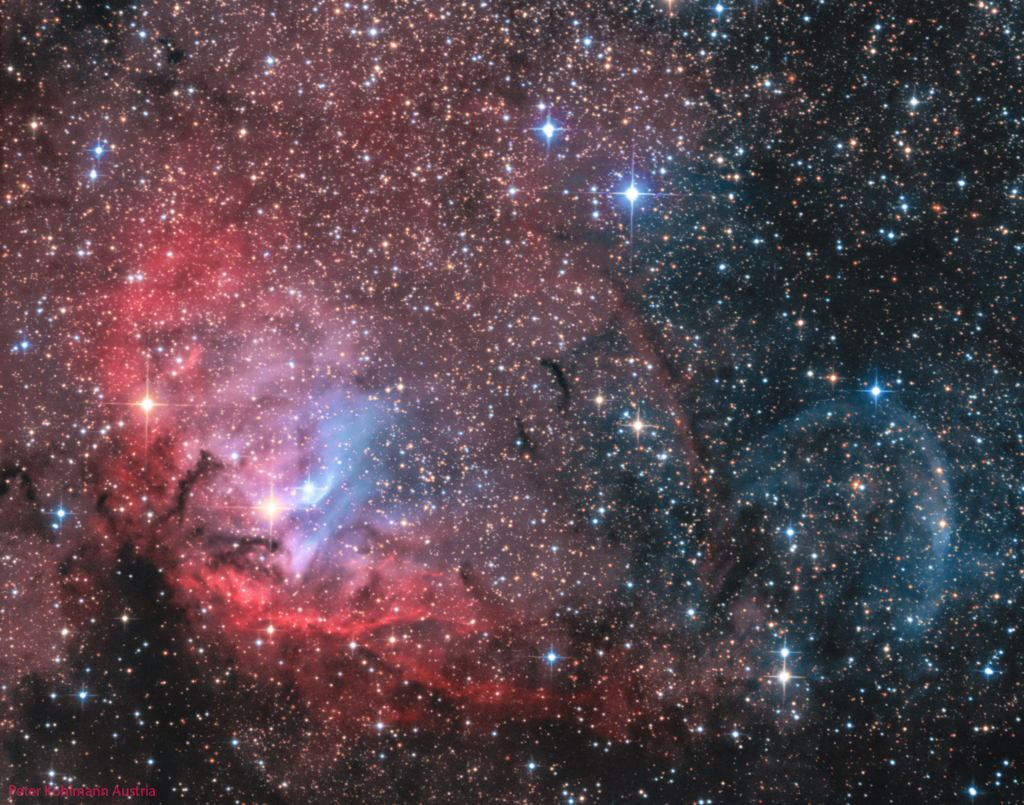
Akiko Tsuruga (敦賀明子, Tsuruga Akiko) 9-1-1967 is a jazz composer, Hammond B-3 organist and pianist from Osaka, Japan.
She was born in Osaka. Her parents bought her a small organ when she was three and she started learning to play standards. At high school, she listened to Hammond B3 players including Jimmy Smith, then Charles Earland, Jack McDuff, Jimmy McGriff and Dr. Lonnie Smith.
A graduate of the Osaka College of Music, she has resided in New York City since 2001. After moving to the US, she had lessons from Lonnie Smith.
In addition to her solo work, she plays as a sideman in various groups in New York. She has accompanied Lou Donaldson since 2007.
more...
Gene Harris (born Eugene Haire, September 1, 1933 – January 16, 2000 Benton Harbor, MI) was an American jazz pianist known for his warm sound and blues and gospel infused style that is known as soul jazz.
From 1956 to 1970, he played in The Three Sounds trio with bassist Andy Simpkins and drummer Bill Dowdy. During this time, The Three Sounds recorded regularly for Blue Note and Verve.
He mostly retired to Boise, starting in the late 1970s, although he performed regularly at the Idanha Hotel there. Ray Brown convinced him to go back on tour in the early 1980s. He played with the Ray Brown Trio and then led his own groups, recording mostly on Concord Records, until his death from kidney failure in 2000. One of his most popular numbers was his “Battle Hymn of the Republic,” a live version of which is on his Live at Otter Crest album, published by Concord. The singer and actress Niki Haris is his daughter.
more...Arthur Edward Pepper Jr. (September 1, 1925 – June 15, 1982) was an American alto saxophonist and very occasional tenor saxophonist and clarinetist. Active in West Coast jazz, Pepper came to prominence in Stan Kenton‘s big band. He was known for his emotionally charged performances and several stylistic shifts throughout his career, and was described by critic Scott Yanow as having “attained his goal of becoming the world’s great altoist” at the time of his death.
Art Pepper was born in Gardena, California, United States. His mother was a 14-year-old runaway; his father, a merchant seaman. Both were violent alcoholics, and when Pepper was still quite young, he was sent to live with his paternal grandmother. He expressed early musical interest and talent, and he was given lessons. He began playing clarinet at nine, switched to alto saxophone at 13, and immediately began jamming on Central Avenue, the black nightclub district of Los Angeles.
At the age of 17, he began playing professionally with Benny Carter and then became part of the Stan Kenton orchestra, touring with that band until he was drafted in 1943. After the war, he returned to Los Angeles, and joined the Kenton Innovations Orchestra. By the 1950s, Pepper was recognized as one of the leading alto saxophonists in jazz, finishing second only to Charlie Parker as Best Alto Saxophonist in the DownBeat magazine Readers Poll of 1952. Pepper died of a stroke in Los Angeles on June 15, 1982, aged 56.
more...
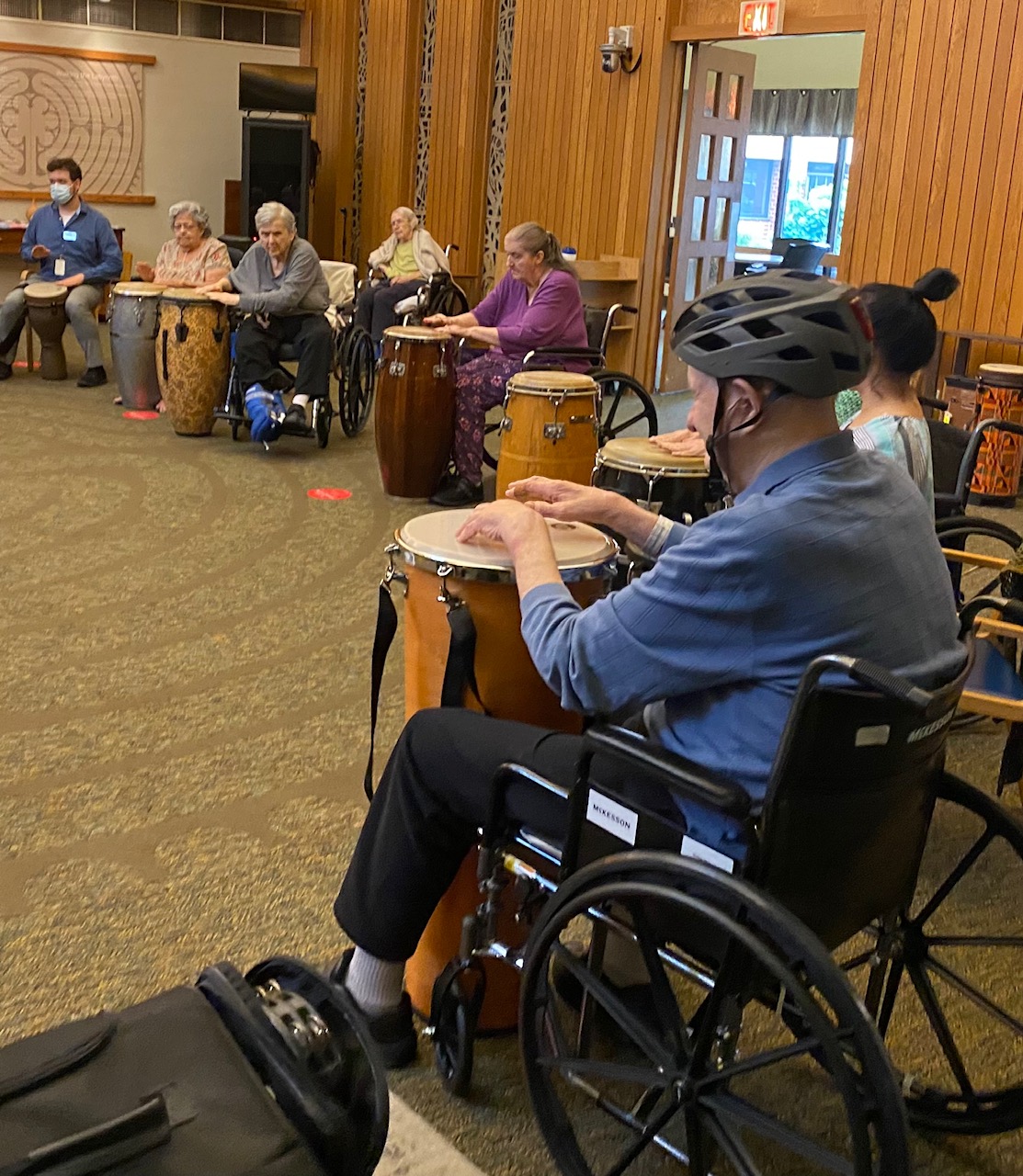
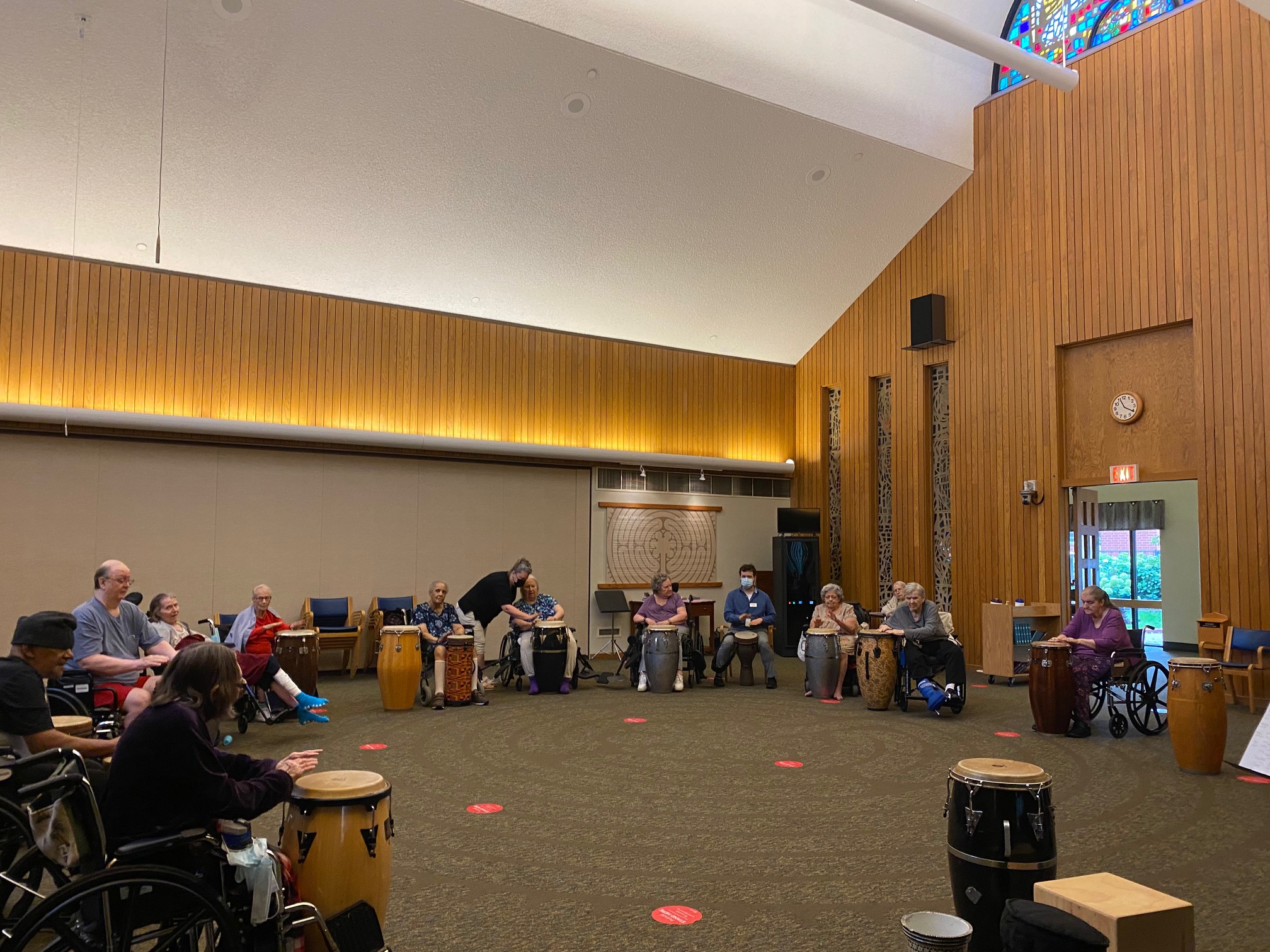
SH2-115 is a large emission nebula found in the northern regions of the constellation Cygnus, about 2° northwest of the bright star Deneb. Located about 7,500 light-years away, this extensive HII region is broken into two basic parts – one being roundish and associated with a bright cluster known as Berkley 90- which is shown in this SHO rendering to be a mix of blue and red colors. The other section is a long linear feature that is shown in red in this rendering.
Also in this view is Abell 71 (Pk 85+04.1). This is recorded as a faint planetary nebula with a magnitude of 18.9 central star. It was counted as one of four planetary nebulas found in Cynus by G. Abell in 1955. However subsequent studies by P.Pismis, I.Hasse & A.Quintero in 1991 are suggesting this is actually just a region of H-alpha gasses. Analysis showed that while there was a significant Ha signal found almost no O-III was seen – and O-III is usually associated with planetary nebulas. It is now thought that this object is an HII cloud associated with SH2-115.
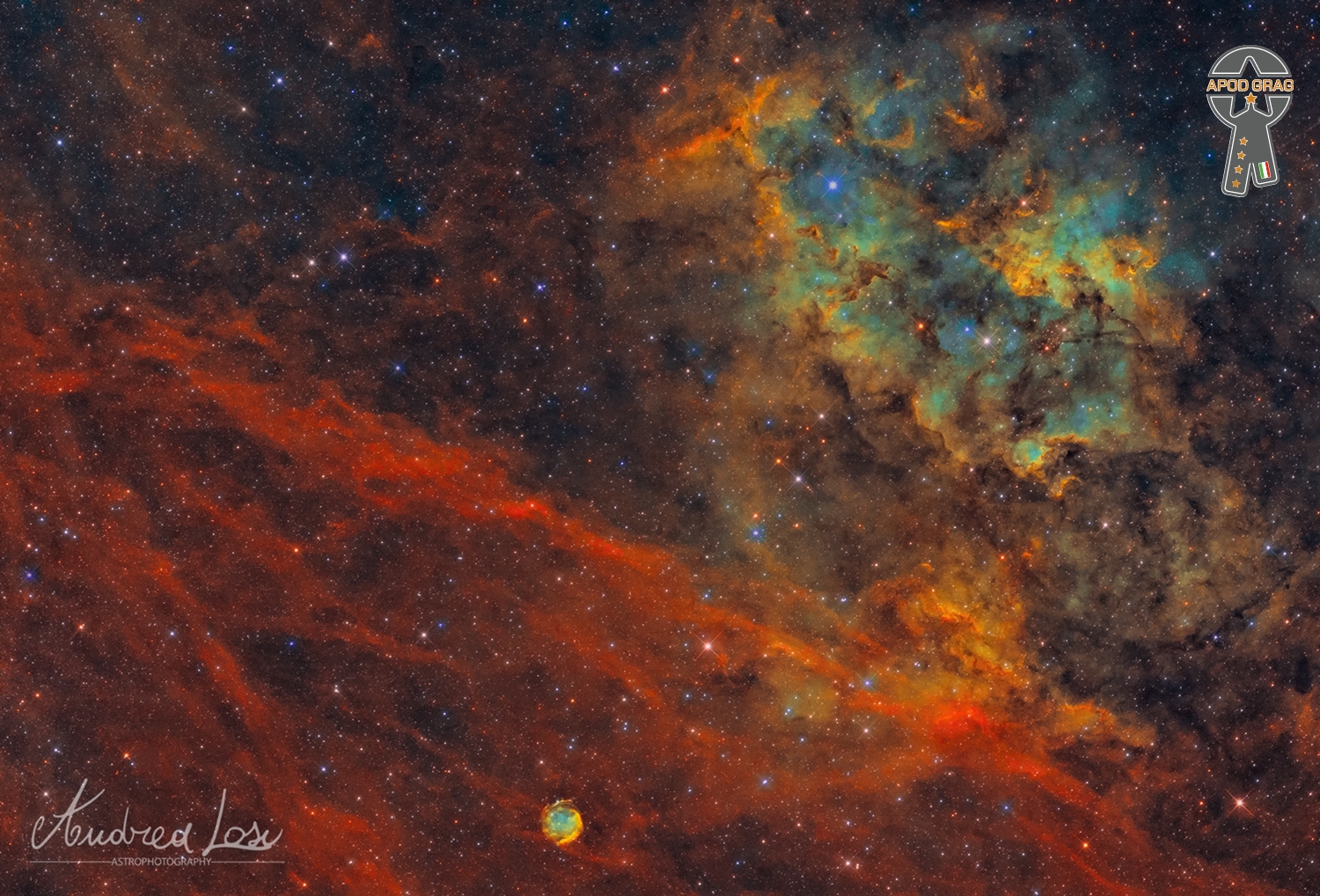
Wilton Lewis Felder (August 31, 1940 – September 27, 2015) was an American saxophone and bass player, and is best known as a founding member of the Jazz Crusaders, later known as The Crusaders. Felder played bass on the Jackson 5‘s hits “I Want You Back” and “ABC” and on Marvin Gaye‘s “Let’s Get It On“.
Felder was born on August 31, 1940 in Houston, Texas and studied music at Texas Southern University. Felder, Wayne Henderson, Joe Sample, and Stix Hooperfounded their group while in high school in Houston. The Jazz Crusaders evolved from a straight-ahead jazz combo into a pioneering jazz-rock fusion group, with a definite soul music influence. Felder worked with the original group for over thirty years, and continued to work in its later versions, which often featured other founding members.
Felder also worked as a West Coast studio musician, mostly playing electric bass, for various soul and R&B musicians, and was one of the in-house bass players for Motown Records, when the record label opened operations in Los Angeles in the early 1970s. He played on recordings by the Jackson 5 such as “I Want You Back“, “ABC” and “The Love You Save“, as well as recordings by Marvin Gaye including “Let’s Get It On” and “I Want You“. He also played bass for soft rock groups like Seals and Crofts. Also of note were his contributions to the John Cale album Paris 1919, Steely Dan‘s Pretzel Logic (1974), and Billy Joel‘s Piano Man and Streetlife Serenade albums. He was one of three bass players on Randy Newman‘s Sail Away (1972) and Joan Baez‘ Diamonds & Rust. Felder also anchored albums from Grant Green, Joni Mitchell and Michael Franks.
more...Sir George Ivan Morrison OBE (born 31 August 1945), known professionally as Van Morrison, is a Northern Irish singer-songwriter and multi-instrumentalist whose recording career spans six decades. He has won two Grammy Awards.
As a teenager in the late 1950s, he played a variety of instruments such as guitar, harmonica, keyboards and saxophone for several Irish showbands, covering the popular hits of that time. Known as “Van the Man” to his fans, Morrison rose to prominence in the mid 1960s as the lead singer of the Northern Irish R&B and rockband Them. With Them, he recorded the garage band classic “Gloria“.
Under the pop-oriented guidance of Bert Berns, Morrison’s solo career began in 1967 with the release of the hit single “Brown Eyed Girl“. After Berns’s death, Warner Bros. Records bought out Morrison’s contract and allowed him three sessions to record Astral Weeks (1968). While initially a poor seller, the album has become regarded as a classic. Moondance (1970) established Morrison as a major artist, and he built on his reputation throughout the 1970s with a series of acclaimed albums and live performances.
Much of Morrison’s music is structured around the conventions of soul music and early rhythm and blues. An equal part of his catalogue consists of lengthy, spiritually inspired musical journeys that show the influence of Celtic tradition, jazz and stream-of-consciousness narrative, such as the album Astral Weeks. The two strains together are sometimes referred to as “Celtic soul”. His live performances have been described as “transcendental” and “inspired”, and his music as attaining “a kind of violent transcendence”.
Morrison’s albums have performed well in Ireland and the UK, with more than 40 reaching the UK top 40. With the release of 2021’s Latest Record Project, Volume 1he scored top ten albums in the UK in four consecutive decades. Eighteen of his albums have reached the top 40 in the United States, twelve of them between 1997 and 2017. He has received two Grammy Awards, the 1994 Brit Award for Outstanding Contribution to Music, the 2017 Americana Music Lifetime Achievement Award for Songwriting and has been inducted into both the Rock and Roll Hall of Fame and the Songwriters Hall of Fame. In 2016, he was knighted for services to the music industry and to tourism in Northern Ireland.
more...Paul Winter (born August 31, 1939) is an American saxophonist, composer, and bandleader. He is a pioneer of world music and “earth music”, which interweaves the voices of the wild with instrumental voices from classical, jazz and world music. The music is often improvised and recorded in nature to reflect the qualities brought into play by the environment.
Winter was born in Altoona, Pennsylvania, United States. He studied piano and clarinet, then fell in love with saxophone in the fourth grade. He started the Little German Band with his schoolmates when he was twelve, then a Dixieland band, and a nine-piece dance band known as The Silver Liners. He became enthralled by big bands and bebop bands of the 1950s. After graduating from Altoona Area High School in 1957, he spent the summer on a tour of state fairs in the Midwest with the conductor and members of the Ringling Brothers Circus Band.
more...The famous Horsehead Nebula in Orion is not alone. A deep exposure shows that the dark familiar shaped indentation, visible just right of center, is part of a vast complex of absorbing dust and glowing gas. The featured spectacular picture details an intricate tapestry of gaseous wisps and dust-laden filaments that were created and sculpted over eons by stellar winds and ancient supernovas. The Flame Nebula is visible in orange just to the Horsehead’s left. To highlight the dust and gas, most of the stars have been digitally removed, although a notable exception is Alnitak, just above the Flame Nebula, which is the rightmost star in Orion’s famous belt of three aligned stars. The Horsehead Nebula lies 1,500 light years distant towards the constellation of Orion.
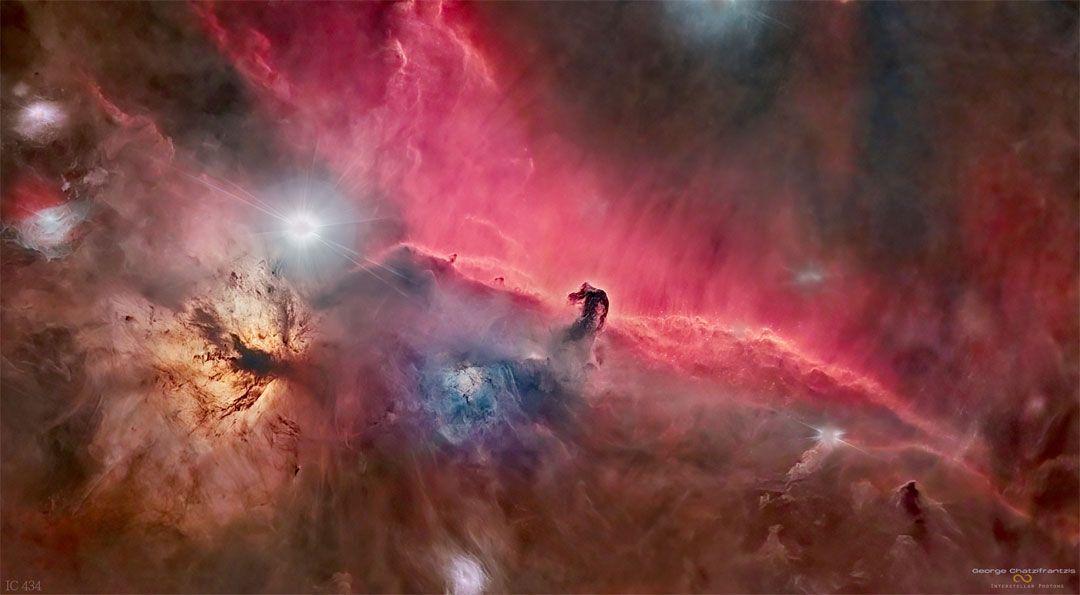
more...
Robert Dennis Crumb (/krʌm/; born August 30, 1943) is an American cartoonist and musician who often signs his work R. Crumb. His work displays a nostalgia for American folk culture of the late 19th and early 20th centuries, and satire of contemporary American culture.
Crumb is a prolific artist and contributed to many of the seminal works of the underground comix movement in the 1960s, including being a founder of the first successful underground comix publication, Zap Comix, contributing to all 16 issues. He was additionally contributing to the East Village Otherand many other publications, including a variety of one-off and anthology comics. During this time, inspired by psychedelics and cartoons from the 1920s and 1930s, he introduced a wide variety of characters that became extremely popular, including countercultural icons Fritz the Cat and Mr. Natural, and the images from his Keep On Truckin’ strip. Sexual themes abounded in all these projects, often shading into scatological and pornographic comics. In the mid-1970s, he contributed to the Arcade anthology; following the decline of the underground, he moved towards biographical and autobiographical subjects while refining his drawing style, a heavily crosshatched pen-and-ink style inspired by late 19th- and early 20th-century cartooning. Much of his work appeared in a magazine he founded, Weirdo (1981–1993), which was one of the most prominent publications of the alternative comics era. As his career progressed, his comic work became more autobiographical.
In 1991, Crumb was inducted into the comic book industry’s Will Eisner Comic Book Hall of Fame. He is married to cartoonist Aline Kominsky-Crumb, with whom he has frequently collaborated. Their daughter Sophie Crumb has also followed a cartooning career.
Robert Crumb was born August 30, 1943, in Philadelphia to a Catholic household of English and Scottish descent, spending his early years in West Philadelphia and Upper Darby. His father, Charles V. Crumb, authored the book Training People Effectively, and was a combat illustrator for twenty years in the United States Marine Corps.
more...More Posts
- Paul Butterfield Day
- James Booker Day
- Sonny Red Day
- World Music with Anda Union
- Daily Roots with Forest Man
- The Cosmos with NGC 3372
- Robin Ford Day
- John Abercrombie Day
- Johnny Hammond Smith Day
- World Music with the Pink Martini Orchestra
- Daily Roots with the Meditations
- The Cosmos with M78
- Eddie Palmieri Day
- Dannie Richmond Day
- Cutis Fuller Day
- World Music with Magzoub Unssa
- Daily Roots with Chokey Taylor
- Bob Bielefeld Memorial
- The Cosmos with NGC 1559
- Cecil Payne Day